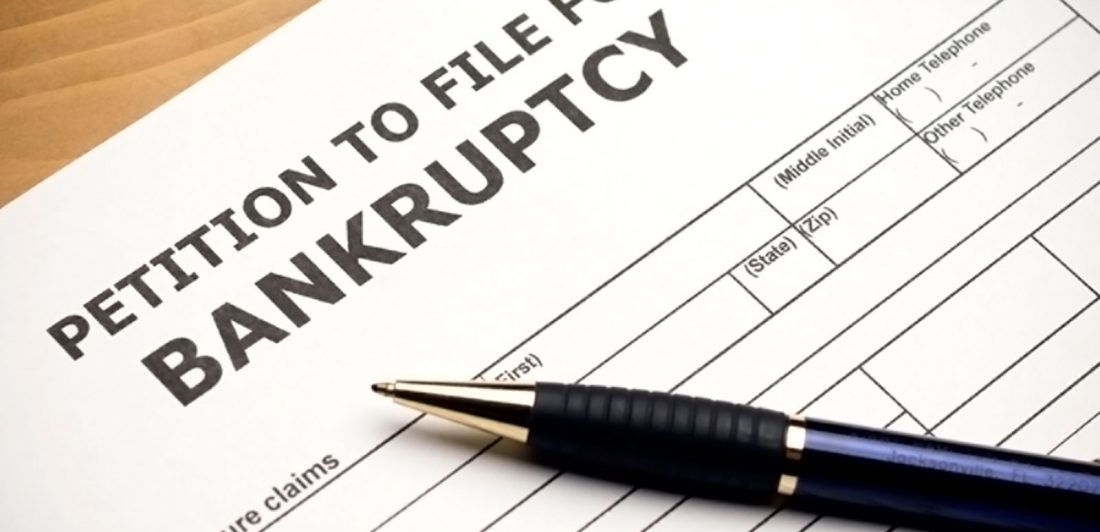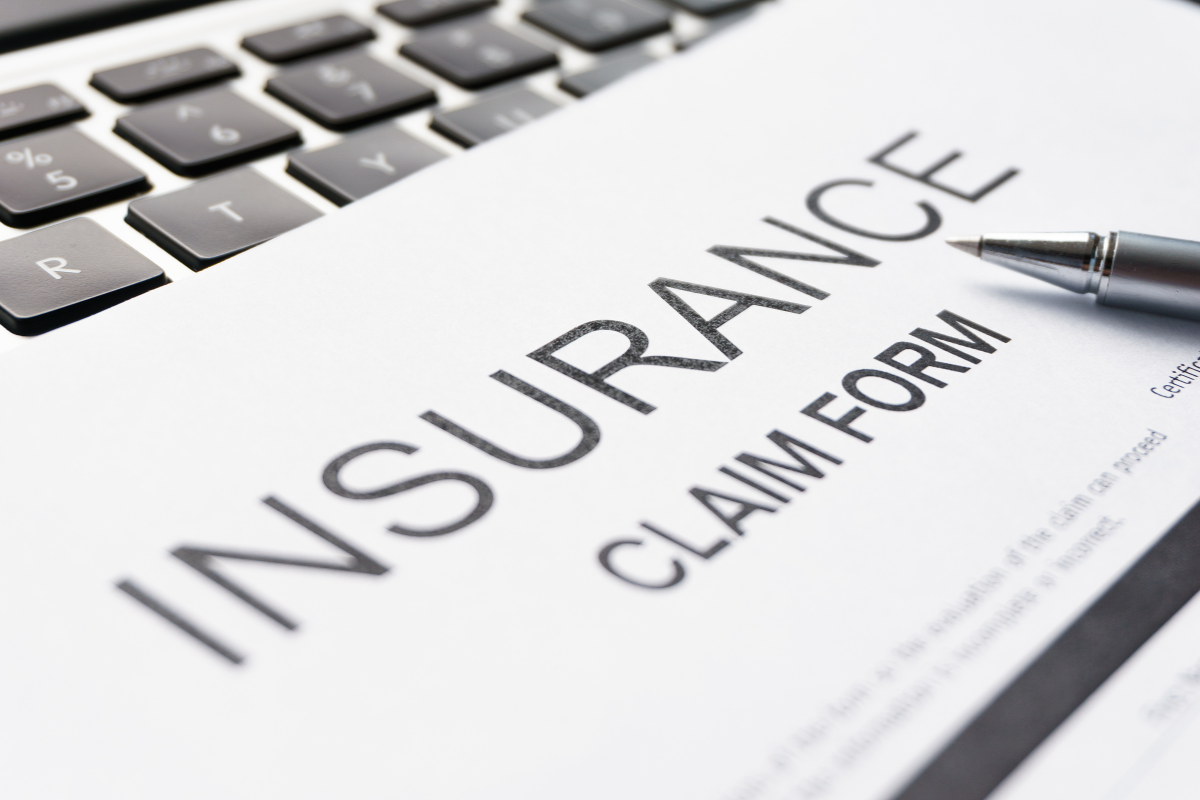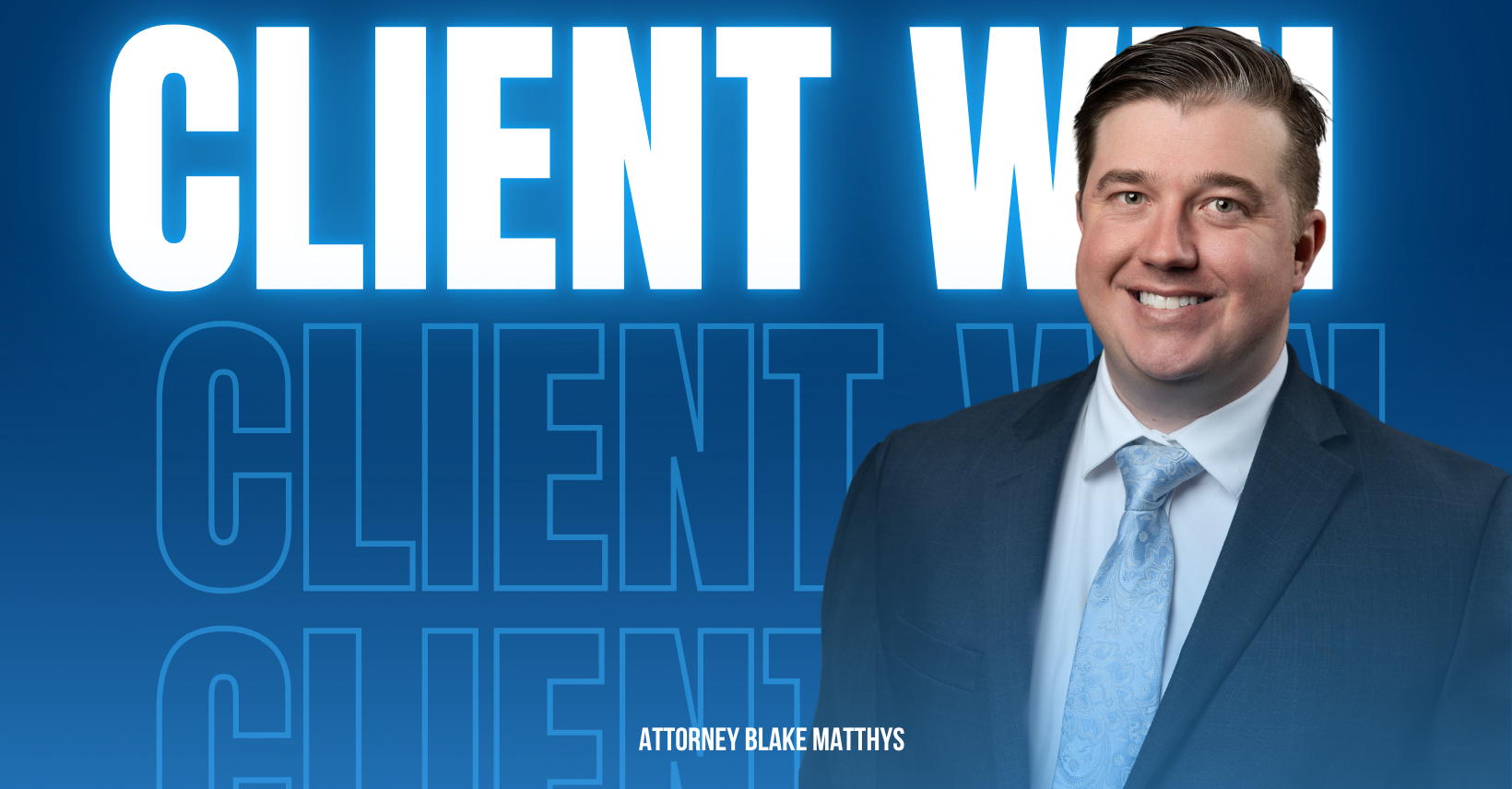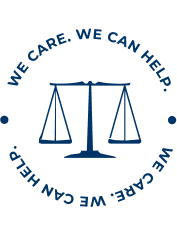You’re in financial trouble. Bills are mounting, your paychecks just aren’t enough to cover bills, student loan payments adequately and credit cards. To add salt to the wound, you’ve just been served by a creditor that purchased a loan you defaulted on in college. You’re not sure what your next step is, but you’ve come to the conclusion that you need to do something or you’ll risk wage garnishment or a bank levy. So, what’s next?
As a millennial, you may not even consider filing for bankruptcy. And you may believe that bankruptcy is something for older, more established adults. However, bankruptcy is a legal remedy that can set you up for a much better financial future.
The most important thing millennials need to understand is that bankruptcy is not an event. It’s a multistep process. What you do before, during and after the actual bankruptcy filing will influence your financial future. While each situation is different, there are general steps you should take to get started on your path to financial freedom.
Step 1: Examine Your Options
It’s counterintuitive, but filing bankruptcy actually costs money. Depending on the fee schedule of your local court, it can cost several hundred dollars to file bankruptcy—and that’s before you include attorney fees. As a law firm who cares about our clients, we recognize that filing for bankruptcy might not always be best for you. If you have little to no income, ask yourself:
- Am I judgment proof? Creditors may sue you to collect monies you owe. If the creditor wins a judgment against you they have a variety of ways to collect the money. A creditor can garnish wages, place a levy on your bank account and place a lien on any real estate you own. However, if you don’t have any income or property that the creditor can legally go after, you are what is considered judgment proof. A creditor can sue you, it just cannot collect on a judgment.
- Can I negotiate with creditors? If you are employed and have the funds to do, you might be able to cut a deal with your creditors. A debtor can ask creditors to forgive the debt or agree to a repayment plan.
- Can I sell valuable property to pay my creditors? Instead of filing for bankruptcy, it may be in your best interest to sell the property to pay creditors.
If the answer to any of these is no, then filing bankruptcy may be your best option.
Step 2: Determine Bankruptcy Eligibility
To qualify for bankruptcy, you must pass the means test. The means test determines if your income is low enough to file for Chapter 7 bankruptcy. This doesn’t mean that you are penniless. You can still qualify for Chapter 7 bankruptcy if you have significant expenses such as a high mortgage and car loan payments, taxes and other expenses. High-income earners who fail the means test can file for Chapter 13 bankruptcy.
Step 3: Seek Representation
So you’ve decided that you are going to go through with bankruptcy. You should certainly consider hiring a bankruptcy attorney. In most cases, bankruptcy attorneys offer free consultations where you can ask as many questions as you want. Additionally, many bankruptcy attorneys offer payment plans. Some people choose to represent themselves through bankruptcy. However, it is essential to understand that bankruptcy is a lengthy, complex court process that involves legal terms and practices with lasting effects. Hiring an attorney will ensure that your case is handled correctly.
Before selecting a bankruptcy attorney, get straightforward information about how much your specific bankruptcy will cost.
Step 4: Do not purchase luxury items
Using your credit card to buy luxury items before filing for bankruptcy puts you at risk of having to repay the debt. If you purchase luxury items or services within 90 days of filing bankruptcy, a credit card company will likely challenge the dischargeability of the debt. A credit card can make the argument in court that you incurred the debt fraudulently. Bankruptcy law recognizes two basic types of fraud:
Actual fraud occurs when the debtor took a line of credit with the actual intent to defraud the credit company. For example, if a debtor maxes out a credit card knowing he or she will be filing bankruptcy—essentially getting items and services for free. This is typically difficult to prove.
Constructive fraud happens when the debtor does not have the intent to defraud but uses their line of credit in a way that may imply or construe fraud.
Bankruptcy fraud is presumed when the debtor uses their line of credit to purchase luxury items of $600 or more during a 90-day period. A defense to bankruptcy fraud is if you can prove your purchases were a reasonable expense.
Step 5: Take a Credit Counseling Class
This isn’t optional. In October 2005, the Bankruptcy Abuse Prevention and Consumer Protection Act went into effect. The law requires all debtors to consider filing for bankruptcy to attend a pre-bankruptcy credit counseling class. A debtor must take the class within 180 days prior to filing for bankruptcy.
Step 6: Gather your documents and file for bankruptcy
When you file for bankruptcy, you need to have certain documents. People often file bankruptcy without properly preparing. This results in problem recovering documents that a trustee demands. The trustee will determine whether your bankruptcy will receive a discharge. Unfortunately, if you are unable to comply with the trustee’s demands, you may not get your discharge.
Common documents to gather include:
- Last two years of state and federal tax returns
- Paystubs for all employment within the last six months
- Profit/loss statement if you own your own business
- Credit reports (preferably all three or four credit bureaus)
- Your social security card and driver’s license
- Bank statements for the last six months
- Appraisal or comparative market analysis of your house
- A title report showing what liens are on your property
- Copies of your deed and mortgage
- Paperwork from any real property transaction in the last 2.5 years.
- Credit bills for the last six months
Step 7: Attend the Creditors Meeting
After the debtor files for bankruptcy, the bankruptcy trustee will schedule a meeting with creditors. During the meeting, creditors and the trustee will ask the debtor questions about bankruptcy documents and other relevant information. In most cases, this is the only time the debtor will appear in bankruptcy court.
Step 8: Attend Personal Financial Management Counseling
Before receiving a bankruptcy discharge, a debtor must attend a course about financial management. The debtor will take the course with an agency approved by the U.S. Trustee’s office. Debtors receive a certificate to file with the bankruptcy court upon completion.
Step 9: Receive the Bankruptcy Discharge Notice
Usually, debtors will receive a Notice of Discharge from the bankruptcy court approximately two months after the creditors’ meeting. At this point, the debtor is no longer responsible for paying the debts discharged in bankruptcy
The Carlson Difference
At The Carlson Law Firm, we are more than just attorneys; we are advocates. We have been fighting for individuals and their families since 1976. Our firm will fight on your behalf to secure the best possible outcome.
When you choose our firm, you can expect to be treated with the utmost care, consideration, and compassion. We actually take the time to champion your cause, and most importantly, we guide you through the legal process.
Not only are we recognized leaders in the legal community, but we are recognized advocates within the local community. For that reason alone, we take our role as being counselors seriously. No matter the size of your case, you are always important to our legal team.
The Carlson Law Firm is here to help and listen. Call (800) 359-5690 today for a FREE case review.





